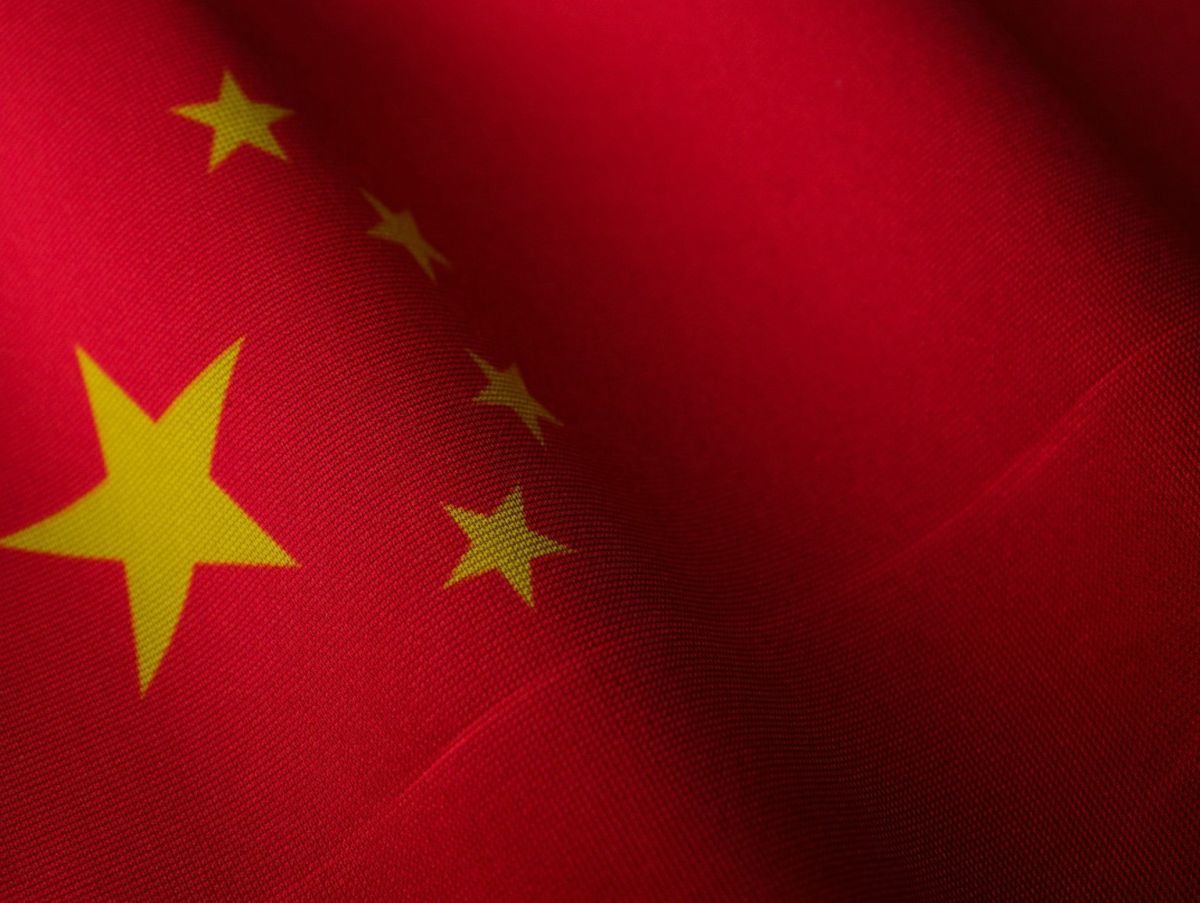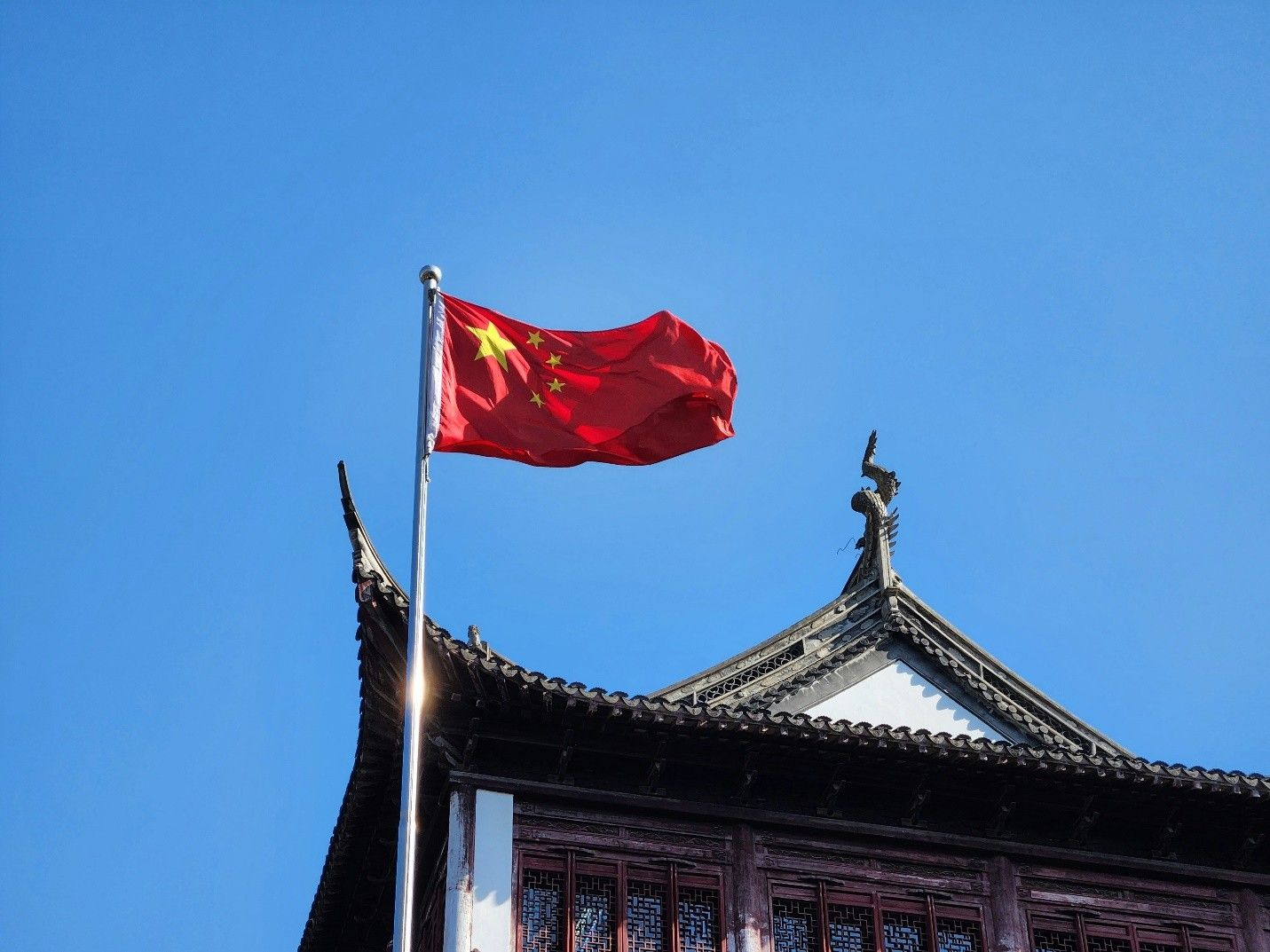Economy, International Markets, Week in Review
China’s economic recovery lags

China’s economic recovery this year has been lackluster due to production outperforming consumption. Experts say vigorous exports and favorable government policy toward manufacturing are the main contenders.
As the world’s second-largest economy, activity grew 5.1% in the last quarter compared year over year, according to economists surveyed by Bloomberg. As the lowest rate in three quarters, it should keep expansion for the first six months of the year at 5.2%—in line with Beijing’s annual goal of around 5%.
Yes, but: Though the country’s consumer price inflation missed expectations (rising by 0.2% in June year-over-year), producer prices hit the forecasts mark, according to data from China’s National Bureau of Statistics.
- China’s export growth exceeded market expectations in June, while imports fell from a year earlier.
- The country’s overseas demand also remains strong as exports surge, but tariff impact lingers.
Why it matters: Mixed trade data points to calls for even further government stimulus as the $18.6 trillion economy struggles for stability. Analysts are unsure on whether strong export sales in recent months can be sustained. “This reflects the economic condition in China with weak domestic demand and strong production capacity relying on exports,” said Zhiwei Zhang, chief economist at Pinpoint Asset Management. “The sustainability of strong exports is a major risk for China’s economy in the second half of the year. The economy in the U.S. is weakening. Trade conflicts are getting worse.”
China’s exports rose by 7.6% in May from last year in U.S. dollar terms, but imports had increased by just 1.8% during that time, according to CNBC. The pressure on its exports is expected to progress towards the government’s economic growth target for this year of around 5%.
By the numbers: Customers in China have averaged 10 days beyond terms, with 34% of credit professionals saying payment delays have increased, per the FCIB Credit and Collections Survey. The most common causes for payment delays are government approval, inability to pay and cashflow issues.
What FCIB Credit and Collections Survey respondents are saying:
- “No credit terms should be given to small and medium sized companies.”
- “It is important to know customer’s payment process to avoid misunderstandings or delays due to administrative issues.”
- “Watch monthly accounts monitoring and assessments.”
- “Beware of secured payment terms and transparency in financial information.”





